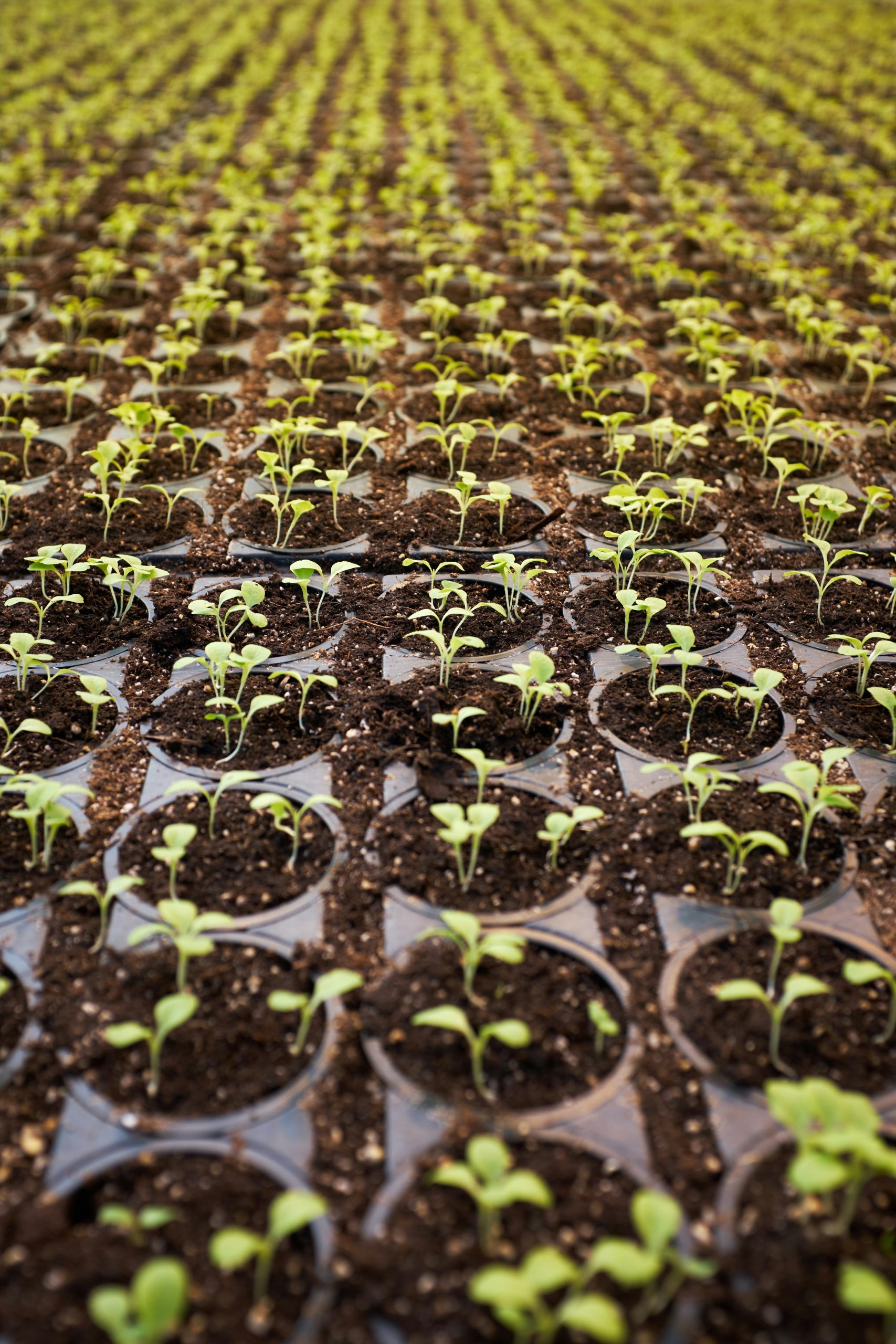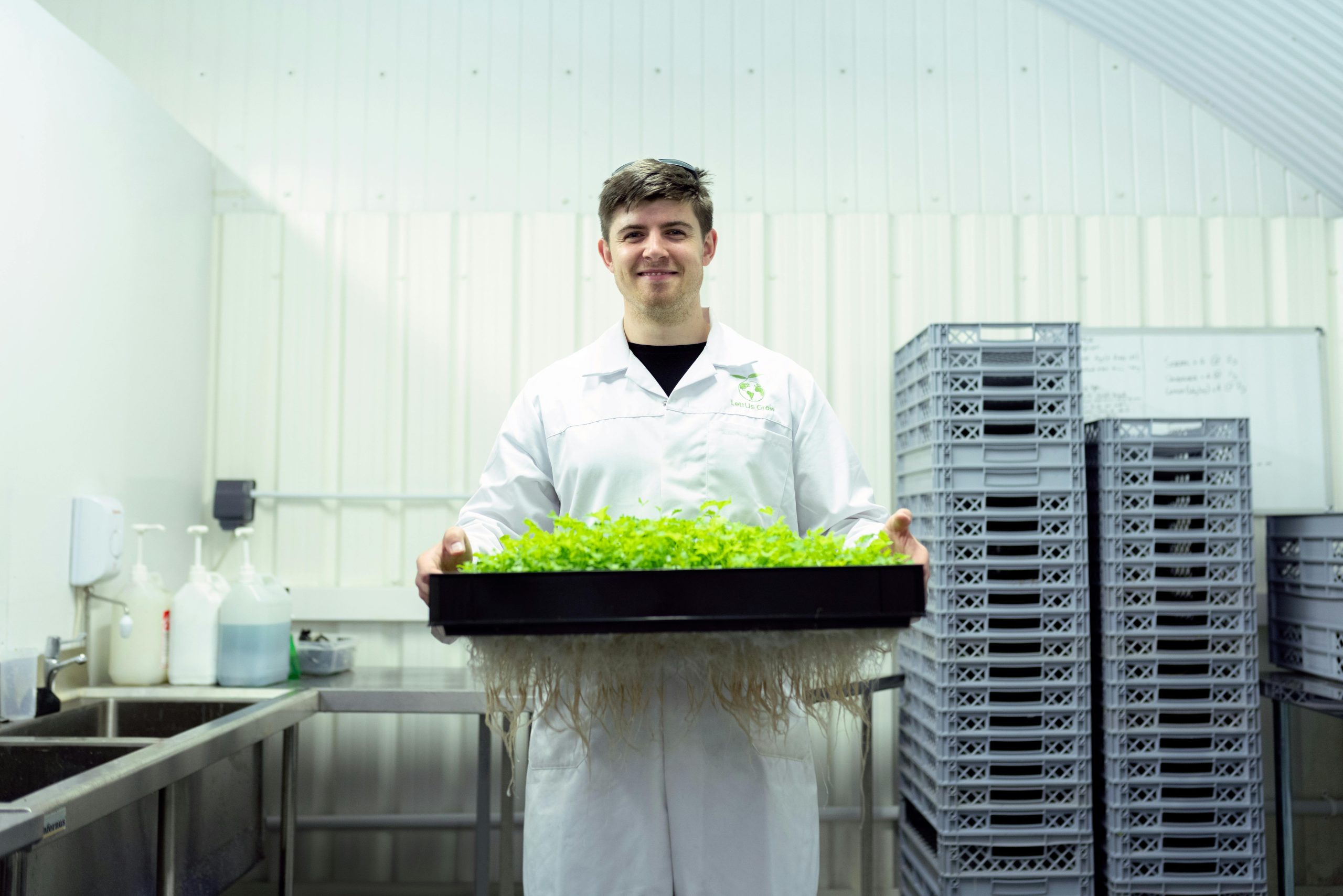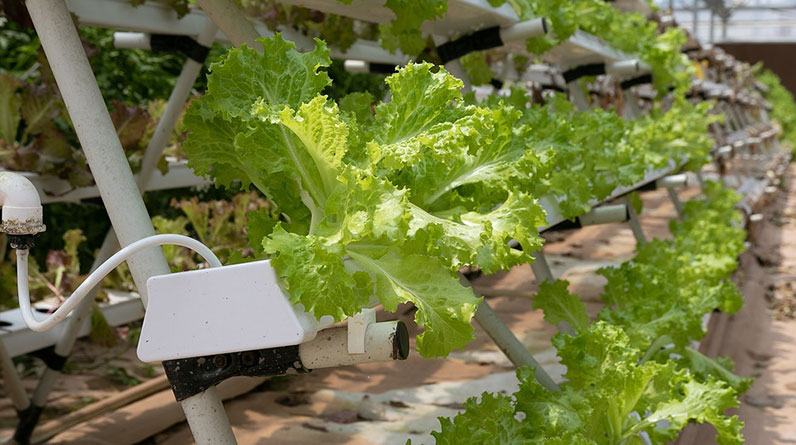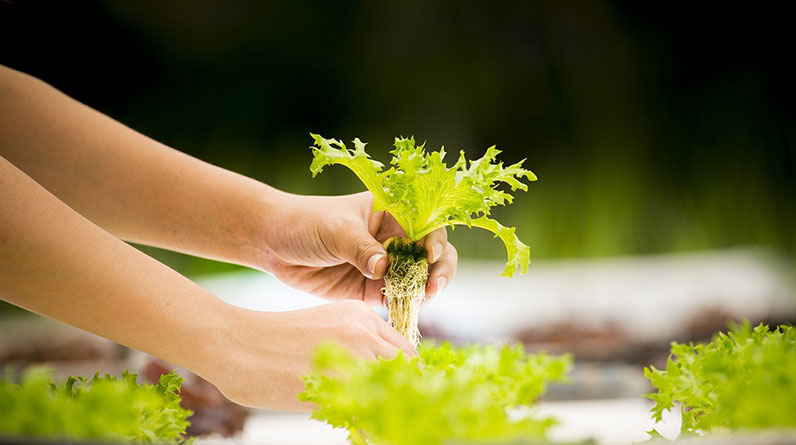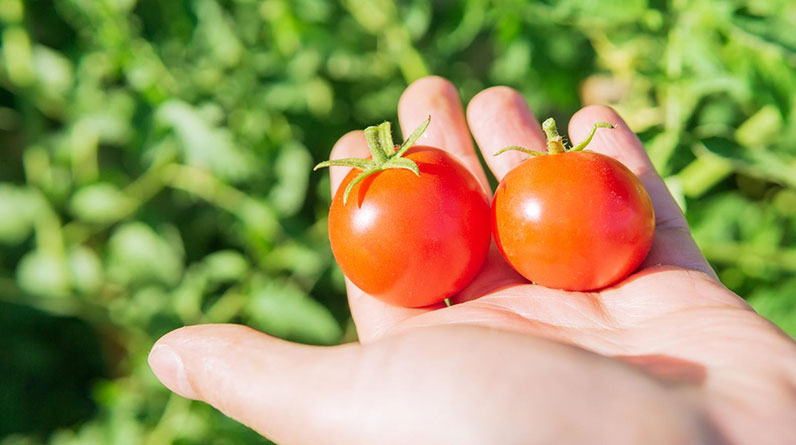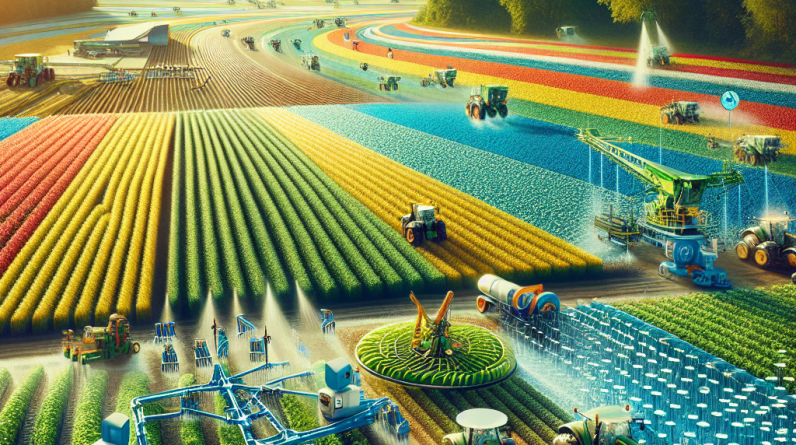
Embracing Technology in Farming
Understanding Precision Agriculture
One of the biggest game changers I’ve seen in farming is the rise of precision agriculture. This approach revolutionizes how we view crops and soil, treating each part of the farm as unique. Remember when farming was mostly guesswork? With GPS-guided systems, you can see exactly what each section of your land needs. It’s like having a personal coach for your crops!
By understanding the specific needs of each plot, we can optimize resources and enhance crop yield. Fewer pesticides and fertilizers not only save money but also lead to healthier produce. Isn’t it great to think about being both economically and environmentally friendly?
Moreover, precision agriculture’s integration of data allows for timely interventions. You wouldn’t wait until you were parched to drink water, right? Similarly, understanding weather patterns and soil conditions helps farmers make informed decisions and act at the right moment!
Utilizing Technology for Monitoring
Let’s be real, keeping track of everything on a farm is daunting. But thanks to technology, monitoring our farms has never been easier. Drones equipped with cameras offer a bird’s-eye view, allowing us to scan large areas quickly. You can catch those pesky pests before they become a real problem!
Furthermore, software applications can track crop health, weather conditions, and even market prices in real-time. It’s like having a farming assistant who never sleeps. Imagine being able to check on your crops while having a coffee in town!
Advanced sensors placed in fields provide invaluable feedback. They can tell us about soil moisture, humidity, and even nutrient content. This real-time data means we spend less time worrying and more time optimizing our farming practices!
Smart Irrigation Technologies
You know those days when it feels like it hasn’t rained in forever? This is where smart irrigation tech comes into play, saving us from watering our crops blindly. These systems utilize data from weather forecasts and soil moisture levels to determine when to irrigate. This not only conserves water but also ensures our plants are getting just the right amount of hydration they need.
For me, installing drip irrigation was revolutionary. It minimizes water waste and allows for targeted watering directly to the plant roots. Every drop counts, right? Plus, it reduces labor costs, leaving us farmers with a few more precious minutes to enjoy the sunset.
It’s amazing to see how adaptive technologies can make a difference. Not to mention, with climate change influencing weather patterns, smart irrigation can truly help us become more resilient and efficient farmers.
Building Sustainable Practices
Rotational Grazing Techniques
When I first heard about rotational grazing, I thought, “How on earth can moving livestock around help anything?” But let me tell you, it’s a revelation! By rotating grazing areas, we give pastures time to recover, which leads to richer soil and better grass. It’s nature’s way of ensuring we’re not overusing land.
Not only does this strengthen our soil health, but it also enhances animal welfare. Healthier pastures result in happier animals, and happy cows mean better dairy and beef. It truly helps us farm in harmony with nature!
And let’s be honest, watching a herd of cows thriving in a lush pasture gives you a sense of pride. It’s proof that we can farm in a way that supports the land and livestock without depleting resources.
Companion Planting Strategies
Companion planting is another practice I’ve adopted that has worked wonders! The fun part? It often feels like a gardening secret! Certain plants, when paired together, can deter pests and attract beneficial insects. For example, planting marigolds with vegetables not only looks beautiful but can also keep those nasty bugs at bay.
This method promotes biodiversity, which is essential for a healthy ecosystem. When we reduce chemical dependency through these natural strategies, we not only lower costs but also offer healthier products to consumers looking for organic produce.
Plus, it feels good knowing you’re doing your part to promote a more sustainable food system. Every little effort counts when it comes to preserving our environment for future generations.
Organic Fertilizers and Soil Health
No one likes dealing with chemicals, right? I’ve found that using organic fertilizers makes a massive difference not only for the environment but also for soil health. Compost and manure help rejuvenate the soil without the harmful side effects that synthetic fertilizers can cause.
Building healthy soil means our crops are naturally more resilient, which is a win-win situation! Better yields, stronger plants, and we’re doing our bit to keep the ecosystem thriving.
One tip I can share is to start a compost pile. It’s a great way to recycle kitchen scraps and yard waste, transforming them into nutrient-rich fertilizer. Plus, it’s a fun project that gets you up close and personal with the earth!
Marketing the Modern Farm
Connecting with Local Communities
One of the most fulfilling aspects of modern farming, in my experience, is forging connections with local communities. Farmers’ markets are not just about selling produce; they’re about building relationships with customers who appreciate the hard work we put in. Seeing their smiles as they buy fresh veggies makes the long hours worthwhile!
Utilizing social media can help amplify these connections. Sharing our farming journey on platforms like Instagram or Facebook tends to resonate well with folks interested in where their food comes from. It’s a great way to create a loyal customer base that appreciates local products!
Organizing community events or farm tours can also foster this connection. When people step onto the farm, they can see the effort and passion put into growing their food. This transparency builds trust and loyalty, turning casual customers into dedicated supporters.
Utilizing Online Sales Platforms
With the digital age in full swing, embracing online sales has been a real game changer. Setting up a website or utilizing platforms dedicated to local produce means more people can access our goods without stepping foot on the farm. It’s a great way to expand our reach!
Not only that, but having online sales allows for greater flexibility in how we market our products. We can showcase seasonal items, or even run promotions tailored to our customers’ preferences. The ability to manage inventory online makes it easier to stay organized and efficient.
Additionally, consider offering subscription services for regular customers. Monthly boxes of fresh produce not only ensure steady income but also build excitement among our patrons. It feels great to surprise them with the fruits of our labor!
Storytelling through Branding
An often overlooked yet crucial aspect of modern farming is branding. Crafting a compelling story around our farm—like how it started, the challenges faced, and the love put into growing food—can resonate deeply with consumers. It personalizes our business in a way that stands out in a crowded market.
Labeling and presentations matter too; a beautifully designed label can draw people in. Including a short welcoming note or recipe ideas on the packaging can enhance the shopping experience and encourage them to try something new. It’s all about making a connection!
Ultimately, storytelling transforms everyday produce into a narrative that customers feel connected to. They’re not just buying tomatoes; they’re supporting a dream, a hard-working farmer, and a way of life!
Adapting to Climate Change
Understanding Climate Impacts on Agriculture
Climate change isn’t just a buzzword; it’s a reality that we’re all facing, especially in farming. Understanding how changing weather patterns affect our crops can make a huge difference in how we plan our planting and harvesting schedules. I’ve learned to look for early signs and make adjustments proactively rather than reactively.
This means paying attention to local trends, like seasonal changes or unusual weather events, and learning from other farmers who have faced similar challenges. There’s a wealth of knowledge out there that can truly help us adapt to these changes!
Investing time into education about climate change impacts can further empower us to make informed decisions, ensuring our livelihoods survive and thrive despite external challenges.
Implementing Water Conservation Strategies
It’s becoming more crucial to use our water resources wisely. I’ve implemented various water conservation strategies on my farm that minimize usage while maintaining healthy crops. Collecting rainwater or using greywater for irrigation can make a significant impact.
Additionally, pairing these efforts with soil health management can maximize water retention, ensuring our crops aren’t left high and dry during unexpected dry spells. It’s amazing what a bit of planning can achieve!
Not to mention, promoting these sustainable practices can also resonate well with customers who are increasingly aware of environmental issues. We’ve got to show them we care about the planet, too!
Adapting Crop Varieties for Resilience
One of the simplest yet effective strategies I’ve implemented is growing crop varieties that can withstand extreme weather conditions. Seeking out drought-resistant or heat-tolerant seeds can help ensure bountiful harvests despite climate uncertainties.
This not only safeguards our production but also prepares us for future changes. Looking into heirloom varieties or native plants, which are more adapted to local environments, can be a great way to contribute to biodiversity and sustainability as well.
By being proactive about crop selection, we not only invest in our farms’ future but also help secure food resources for our communities. After all, healthy soils and healthy crops equal healthy lives!
Frequently Asked Questions
1. How can I start implementing technology in my farming practices?
Starting with technology can be as simple as investing in soil moisture sensors or GPS-guided tractors. Research tools that are available for your specific type of farming and gradually integrate them into your routine. Begin small and scale up as you get more comfortable!
2. What are some easy steps to create sustainable farming practices?
Begin with simple actions like starting a compost pile, practicing crop rotation, and planting cover crops. You can easily transition over time by making these small changes, and you’ll see improvements in soil health and crop yield.
3. How do I market my farm products effectively?
Building relationships with local customers through farmers’ markets and social media can go a long way. Moreover, don’t underestimate the power of storytelling! Share your farming journey and highlight the benefits of buying local.
4. What should I know about adapting to climate change as a farmer?
Investing time into learning how climate change impacts agriculture in your region is essential. Pay attention to crop resilience and consider diversifying with varieties that can withstand unusual weather. Knowledge is power!
5. How can I engage with my local community as a farmer?
Open your farm for tours, partake in community events, and utilize social media to show your day-to-day operations. Transparency builds trust and helps foster a strong community connection.




